Home>Gardening & Outdoor>Landscaping Ideas>When Is Sugar Highest In Grass
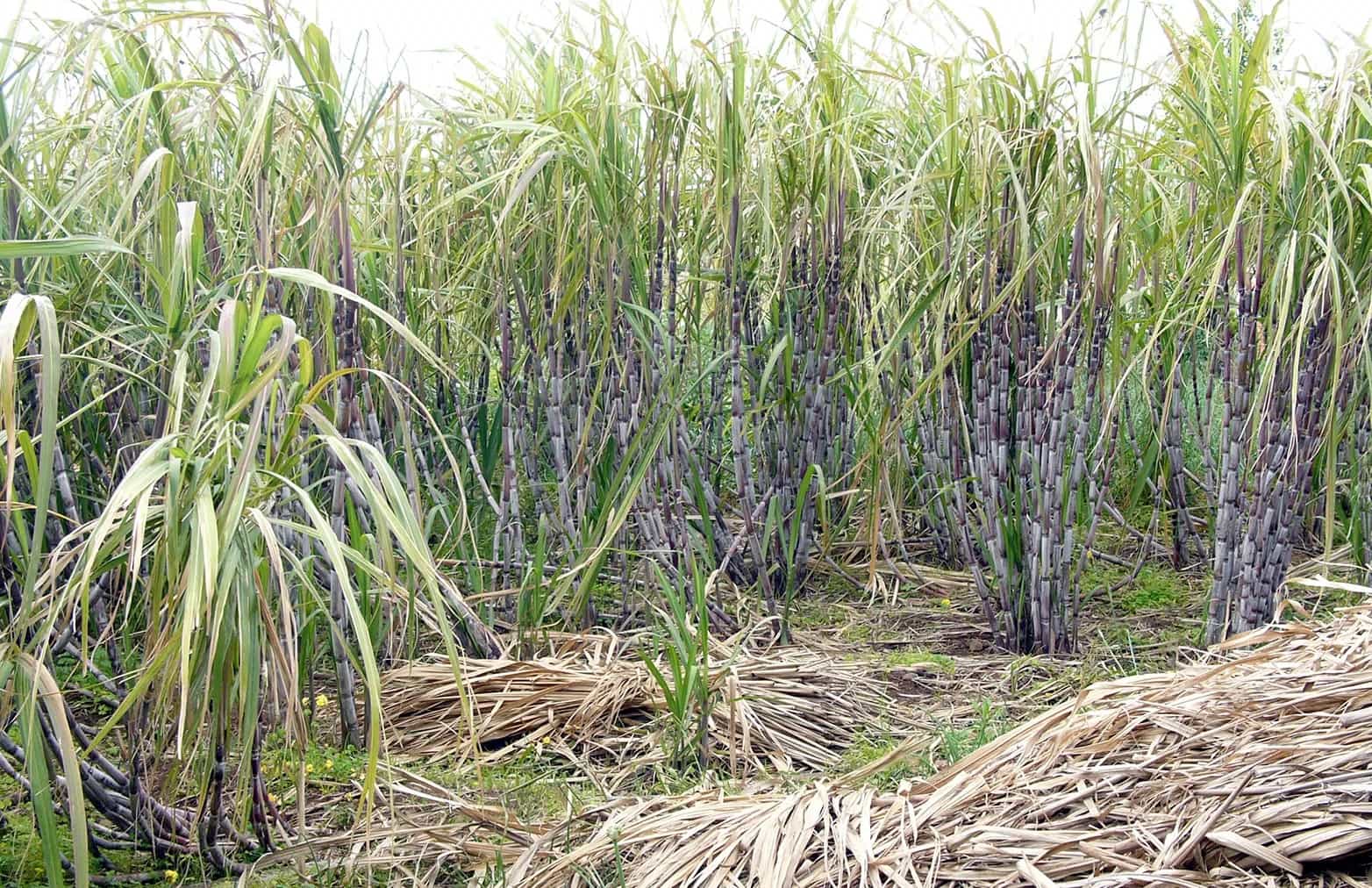

Landscaping Ideas
When Is Sugar Highest In Grass
Modified: October 20, 2024
Discover the best landscaping ideas for optimizing sugar content in grass at different times, and create a thriving, lush lawn with our expert tips. Boost your curb appeal with our landscaping ideas!
(Many of the links in this article redirect to a specific reviewed product. Your purchase of these products through affiliate links helps to generate commission for Storables.com, at no extra cost. Learn more)
Introduction
When it comes to maintaining a lush and vibrant lawn or pasture, understanding the intricate details of grass growth is crucial. One fascinating aspect that directly impacts the health and quality of grass is its sugar levels. While it may seem surprising that grass contains sugar, this natural sweetener plays a vital role in the plant's growth and resilience.
In this comprehensive guide, we will delve into the factors influencing sugar levels in grass, the seasonal variations that affect these levels, and the optimal times for grazing animals to benefit from the highest sugar content in grass. By gaining insight into the ebb and flow of sugar in grass, you can make informed decisions to support the vitality of your lawn or pasture.
Join us as we embark on an exploration of the intriguing world of grass growth and uncover the optimal conditions for maximizing sugar levels in this essential plant.
Key Takeaways:
- Grass sugar levels fluctuate throughout the seasons, with spring offering the best time for animals to graze on sugar-rich forage, supporting their health and providing essential energy.
- Understanding the factors influencing sugar levels in grass, such as photosynthesis and temperature, empowers caretakers to nurture healthy, resilient landscapes and optimize grazing strategies for animal well-being.
Read more: When Is Sugar In Grass At Its Lowest
Understanding the Growth Cycle of Grass
Grass, like all plants, undergoes a complex growth cycle that encompasses various stages, each with its own distinct characteristics. The growth cycle of grass can be broadly categorized into three primary phases: germination and establishment, active growth, and dormancy.
During the germination and establishment phase, grass seeds sprout and develop roots, laying the foundation for future growth. As the roots penetrate the soil, they absorb essential nutrients and moisture, facilitating the plant’s early development. This phase is critical for establishing a robust root system that will support the grass throughout its lifecycle.
Following establishment, the grass enters the active growth phase, characterized by rapid leaf and stem development. This stage is marked by vigorous photosynthesis, during which the plant harnesses sunlight to produce energy in the form of sugars. These sugars are pivotal for fueling growth and supporting the plant’s metabolic processes.
As environmental conditions fluctuate, grass may enter a period of dormancy to conserve energy and endure unfavorable circumstances. Dormancy is a natural survival mechanism that allows the grass to withstand extreme temperatures, water scarcity, or other stressors. During this phase, growth slows, and the plant redirects its resources to essential functions, including sugar storage to sustain it through challenging conditions.
Understanding the growth cycle of grass provides valuable insights into the plant’s physiological changes and energy allocation. It also sheds light on the fluctuating sugar levels within the grass, which are intricately linked to its growth stages and environmental influences.
Factors Affecting Sugar Levels in Grass
The sugar levels in grass are influenced by a myriad of factors, each playing a pivotal role in shaping the plant’s physiological state and overall health. Understanding these factors is essential for optimizing sugar levels and promoting the well-being of grass in various settings, from lawns to pastures.
- Photosynthesis: The process of photosynthesis, whereby plants convert light energy into chemical energy, is a primary driver of sugar production in grass. Sunlight, carbon dioxide, and water are essential components in this intricate process, and their availability directly impacts the plant’s sugar synthesis.
- Temperature: Temperature exerts a profound influence on sugar levels in grass. Optimal temperatures, typically moderate and consistent, facilitate efficient photosynthesis and sugar accumulation. Extreme heat or cold can disrupt metabolic pathways and impede sugar production, affecting the plant’s overall vigor.
- Soil Nutrients: The availability of essential nutrients, such as nitrogen, phosphorus, and potassium, profoundly influences sugar levels in grass. A well-balanced nutrient profile supports robust growth and aids in sugar synthesis, ensuring that the grass thrives and maintains adequate energy reserves.
- Water Availability: Adequate water supply is crucial for sustaining optimal sugar levels in grass. Insufficient water can hinder photosynthesis and lead to reduced sugar production, compromising the plant’s resilience and vitality.
- Stress Factors: Various stressors, including drought, disease, and pest infestations, can trigger physiological responses in grass that impact sugar levels. When facing adversity, grass may allocate resources towards stress tolerance mechanisms, potentially affecting sugar metabolism and storage.
By recognizing and managing these influential factors, caretakers of grassy landscapes can proactively support healthy sugar levels in the grass, fostering lush growth and resilience in the face of environmental challenges. The interplay of these factors underscores the dynamic nature of sugar regulation in grass and the intricate balance required to optimize its levels.
The sugar content in grass is highest in the afternoon, as photosynthesis throughout the day creates and accumulates sugars in the plant.
Seasonal Variation in Sugar Levels
The sugar levels in grass exhibit notable fluctuations across the seasons, reflecting the plant’s adaptive responses to changing environmental conditions. Understanding these seasonal variations is crucial for gauging the optimal times for various activities, such as grazing livestock or implementing lawn care practices.
Spring: As the days lengthen and temperatures rise, grass enters a phase of vigorous growth, marked by an upsurge in sugar production. The ample sunlight and moderate temperatures of spring create an ideal environment for robust photosynthesis, leading to heightened sugar levels in the grass. This period presents an opportune time for grazing animals to benefit from the lush, sugar-rich forage.
Summer: In the peak of summer, grass confronts the challenges of intense heat and potential water stress. While sugar levels remain relatively high due to continued photosynthetic activity, the plant may allocate resources towards stress tolerance mechanisms, impacting sugar distribution and storage. Careful consideration of grazing practices and lawn maintenance is essential during this season to optimize the utilization of sugar-rich grass.
Autumn: As temperatures begin to cool and daylight hours diminish, grass prepares for the impending winter. During this transition, sugar levels in the grass may fluctuate, influenced by factors such as declining photosynthetic activity and the allocation of resources towards winter hardiness. Grazing animals can still benefit from the lingering sugar reserves in the grass as they forage before the onset of dormancy.
Winter: With the arrival of winter, grass undergoes a period of dormancy, conserving energy and enduring harsh conditions. Sugar levels decrease as the plant redirects resources towards essential functions for survival. While grazing activities are generally limited during this time, the sugar content in grass remains a critical factor in sustaining the plant’s vitality through the dormant season.
By recognizing the seasonal ebb and flow of sugar levels in grass, land stewards can strategically plan grazing schedules and lawn maintenance activities to capitalize on the plant’s natural rhythms. This awareness allows for the optimal utilization of sugar-rich forage and the implementation of targeted strategies to support grass health throughout the changing seasons.
Optimal Times for Grazing Animals
Grazing animals rely on the availability of high-quality forage to meet their nutritional needs and sustain optimal health. Understanding the dynamics of sugar levels in grass is instrumental in determining the most favorable times for grazing, ensuring that animals have access to nutrient-dense forage that supports their well-being.
Spring: As grass undergoes a phase of active growth in spring, characterized by elevated sugar levels, it presents an ideal opportunity for grazing animals to capitalize on the lush, nutrient-rich forage. The abundance of sugars in the grass not only provides essential energy for the animals but also contributes to the overall palatability and nutritional value of the forage.
Summer: Despite the potential challenges posed by summer heat, carefully managed grazing during this season can harness the benefits of sugar-rich grass. By strategically rotating grazing areas and avoiding overgrazing, animals can access high-quality forage while minimizing stress on the grass. This approach allows for the effective utilization of sugar-laden pasture resources.
Autumn: As the transition to autumn unfolds, grazing animals can continue to benefit from the residual sugar reserves in the grass. While sugar levels may fluctuate during this period, thoughtful grazing practices can ensure that animals have access to nutritious forage as they prepare for the approaching winter months.
Winter: While winter presents challenges for grazing due to reduced forage availability and dormancy-induced sugar depletion in grass, strategic management practices can still support animal nutrition. Supplemental feeding and access to stored forage can compensate for the diminished sugar content in dormant grass, ensuring that animals receive adequate nourishment despite the seasonal limitations.
By aligning grazing activities with the natural rhythms of sugar levels in grass, livestock managers can optimize the nutritional intake of grazing animals while promoting the regenerative capacity of pasture ecosystems. Thoughtful consideration of seasonal variations in sugar levels enables the implementation of grazing strategies that prioritize animal well-being and sustainable land stewardship.
Read more: What Is The Highest Toilet
Conclusion
The intricate interplay of factors influencing sugar levels in grass, coupled with the seasonal variations that shape its abundance, underscores the dynamic nature of this essential plant attribute. From the growth cycle of grass to the optimal times for grazing animals, a nuanced understanding of sugar levels in grass is paramount for fostering healthy and resilient landscapes.
By comprehending the growth cycle of grass, including the phases of establishment, active growth, and dormancy, caretakers of grassy environments gain valuable insights into the plant’s physiological changes and energy allocation. This knowledge forms the foundation for informed decision-making and strategic interventions to support the vitality of grass.
Factors such as photosynthesis, temperature, soil nutrients, water availability, and stressors exert profound influences on sugar levels in grass, shaping its overall health and resilience. Recognizing and managing these factors empowers land stewards to proactively nurture optimal sugar levels in grass, fostering lush growth and fortitude in the face of environmental challenges.
Seasonal variations further accentuate the dynamic nature of sugar levels in grass, presenting opportune times for grazing animals to benefit from nutrient-dense forage. By aligning grazing activities with the natural rhythms of sugar levels, livestock managers can optimize animal nutrition while promoting sustainable land stewardship.
In essence, the ebb and flow of sugar levels in grass encapsulates a captivating narrative of resilience, adaptation, and interconnectedness within the natural world. By delving into this narrative and leveraging insights into sugar regulation, we can cultivate landscapes that thrive and sustain the well-being of both plants and animals.
Armed with a deeper appreciation for the nuances of sugar levels in grass, we embark on a journey of stewardship, where the optimization of this vital plant attribute harmonizes with the broader tapestry of ecological balance and vitality.
Frequently Asked Questions about When Is Sugar Highest In Grass
Was this page helpful?
At Storables.com, we guarantee accurate and reliable information. Our content, validated by Expert Board Contributors, is crafted following stringent Editorial Policies. We're committed to providing you with well-researched, expert-backed insights for all your informational needs.


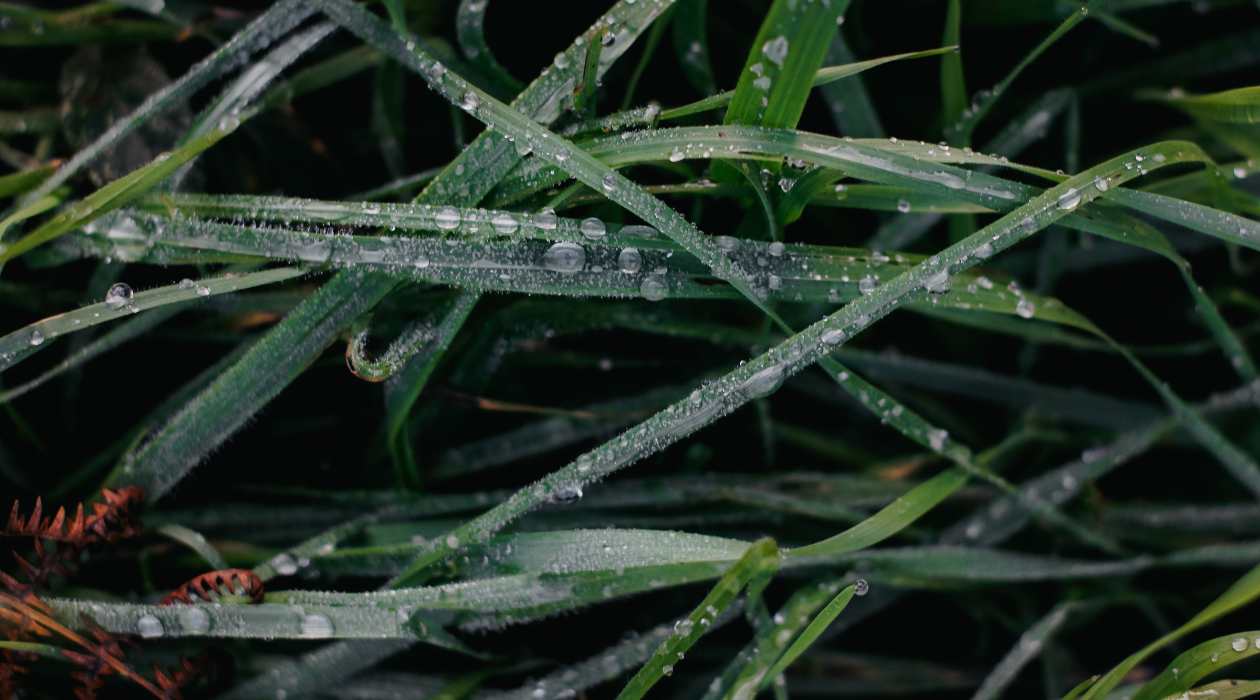

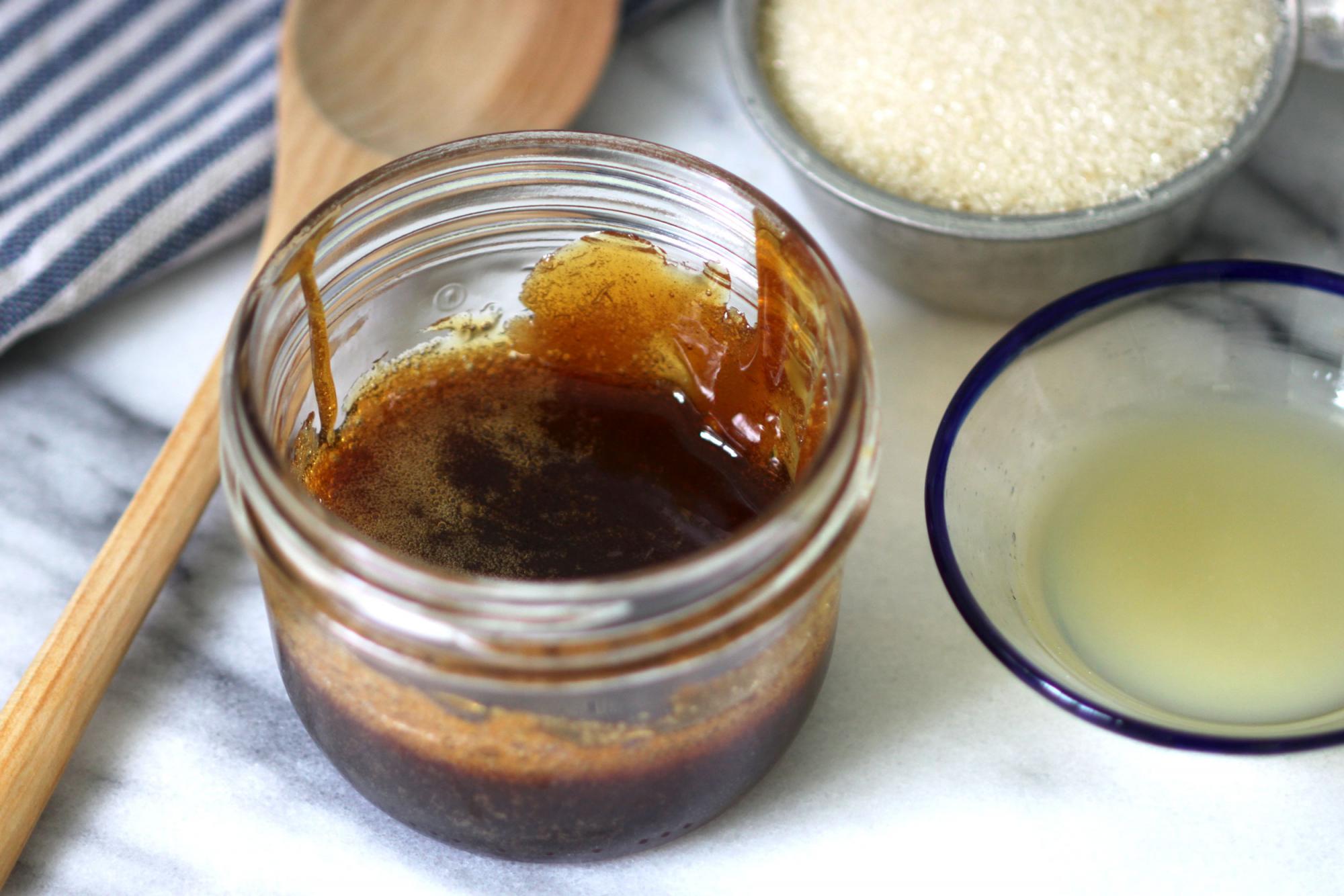
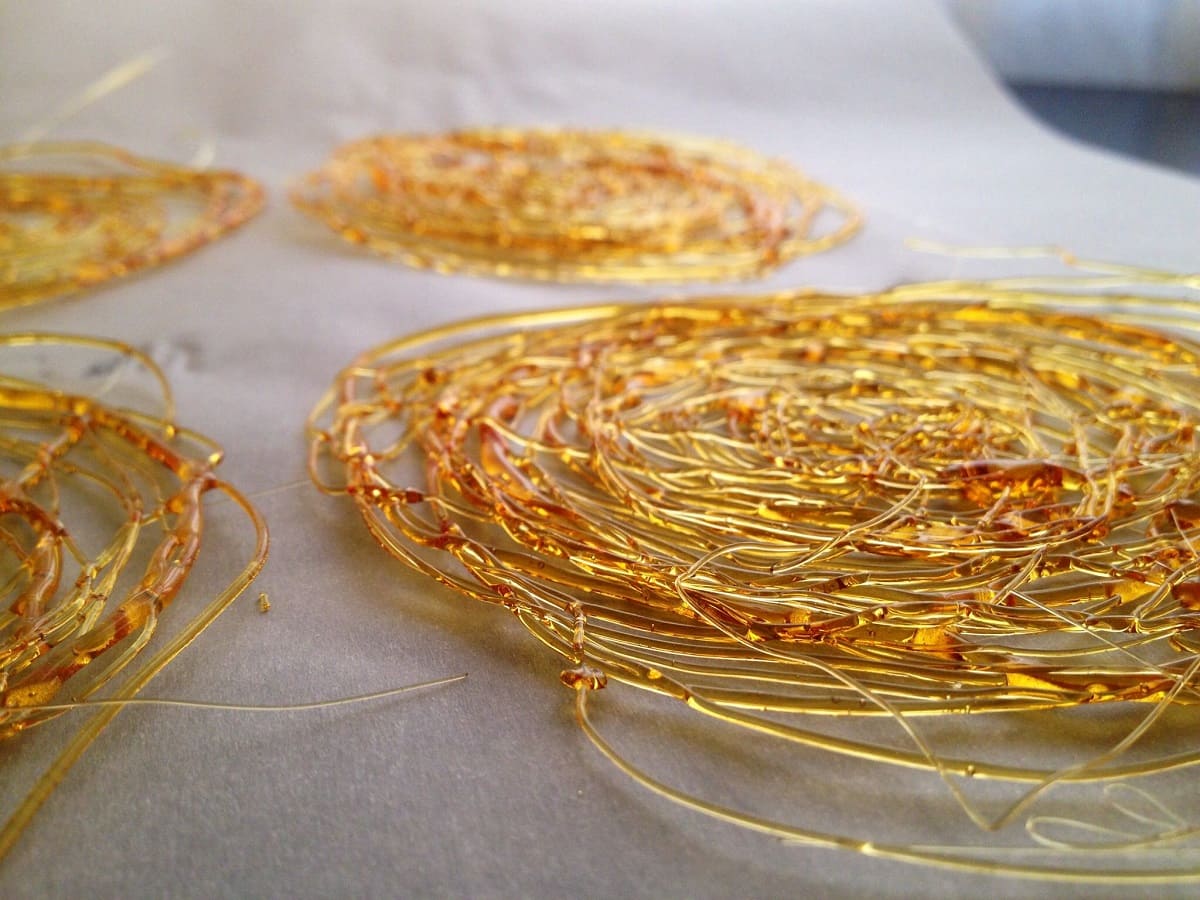
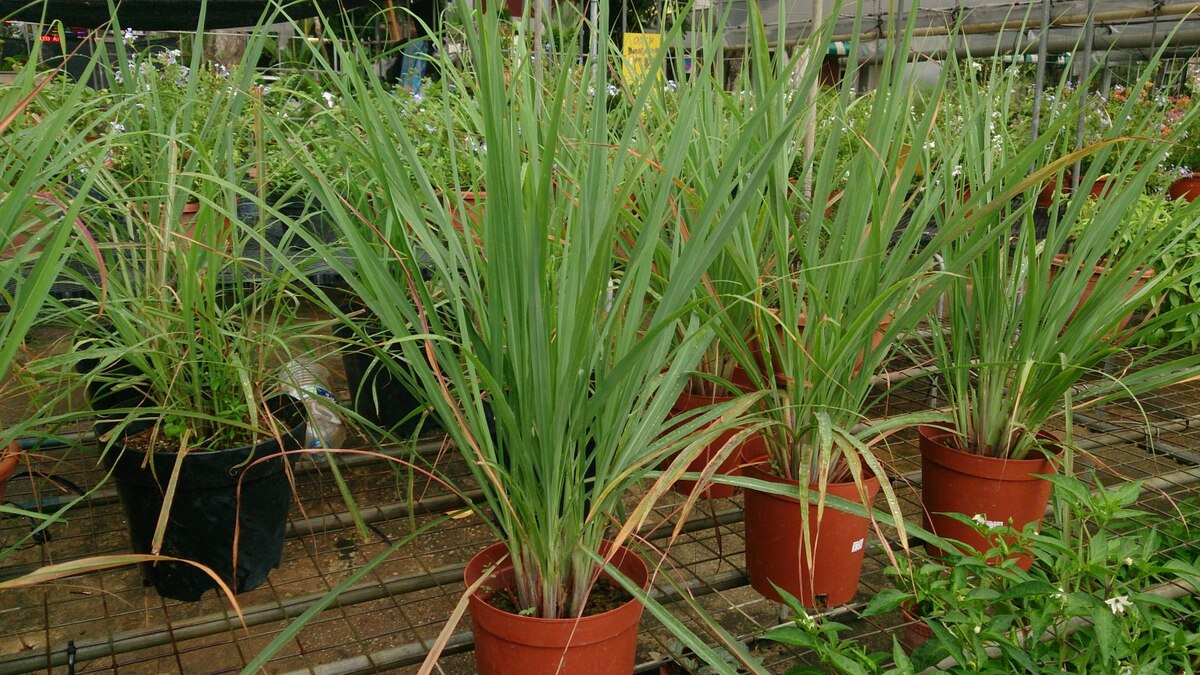
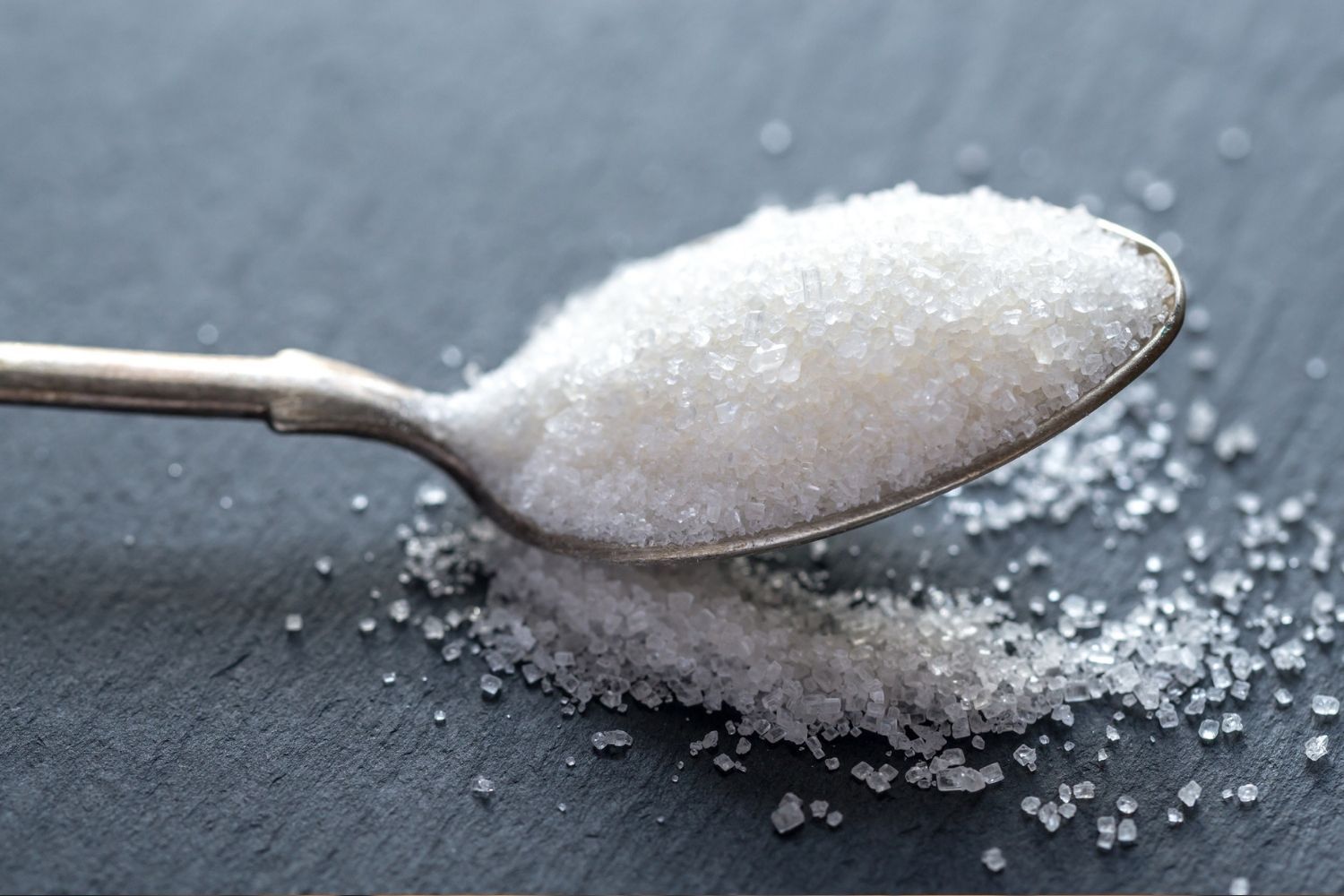


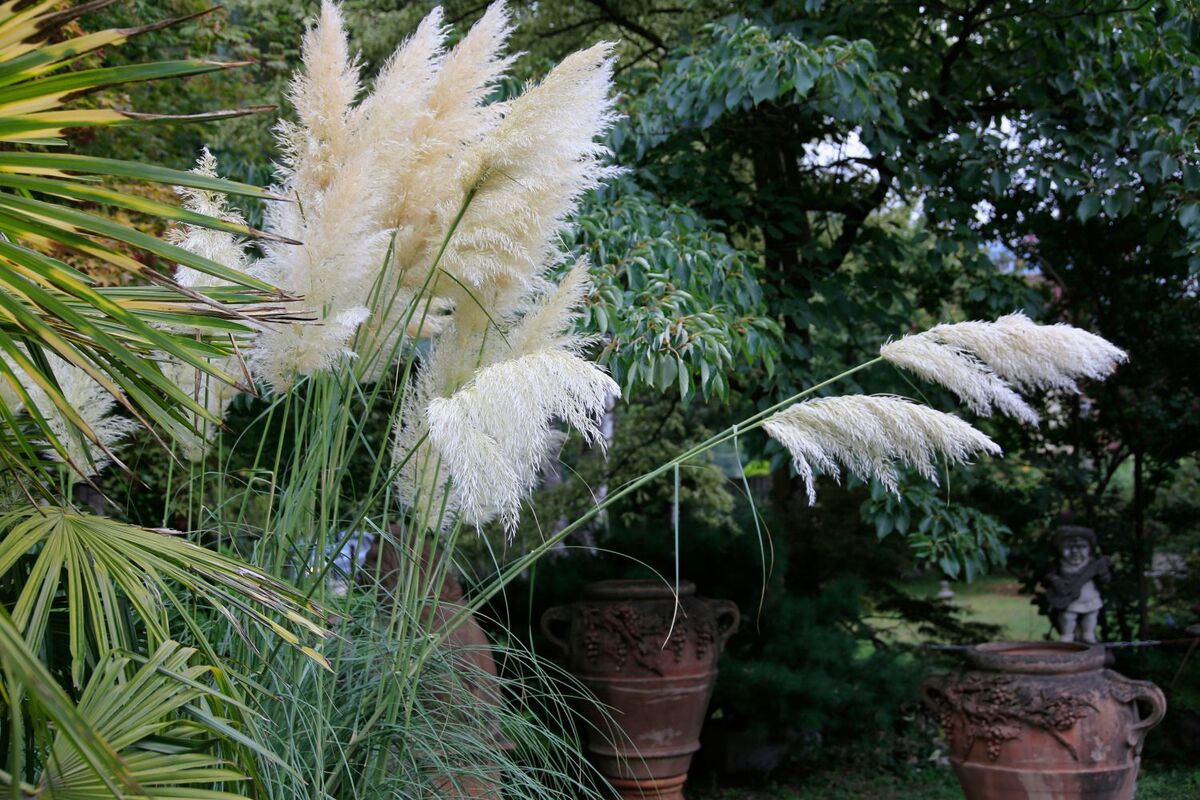
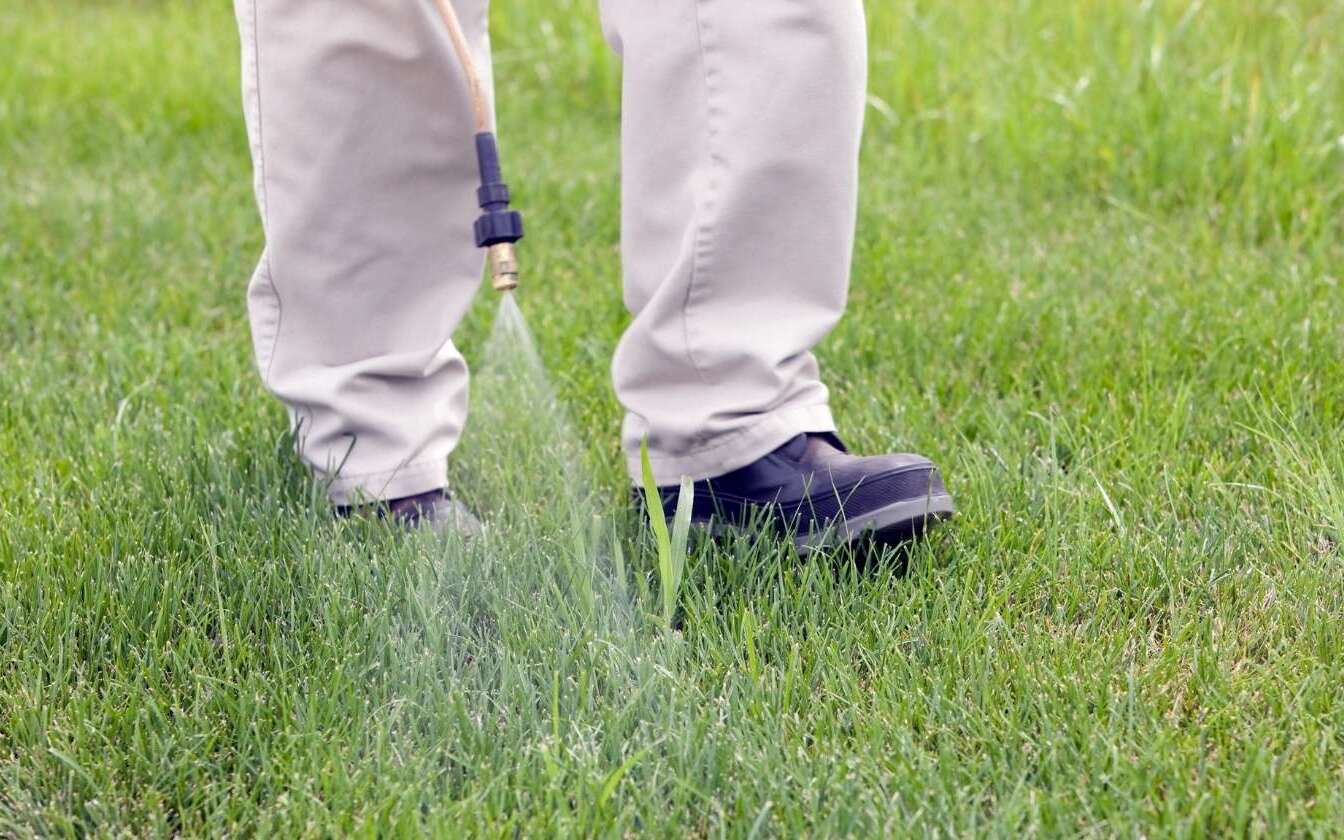
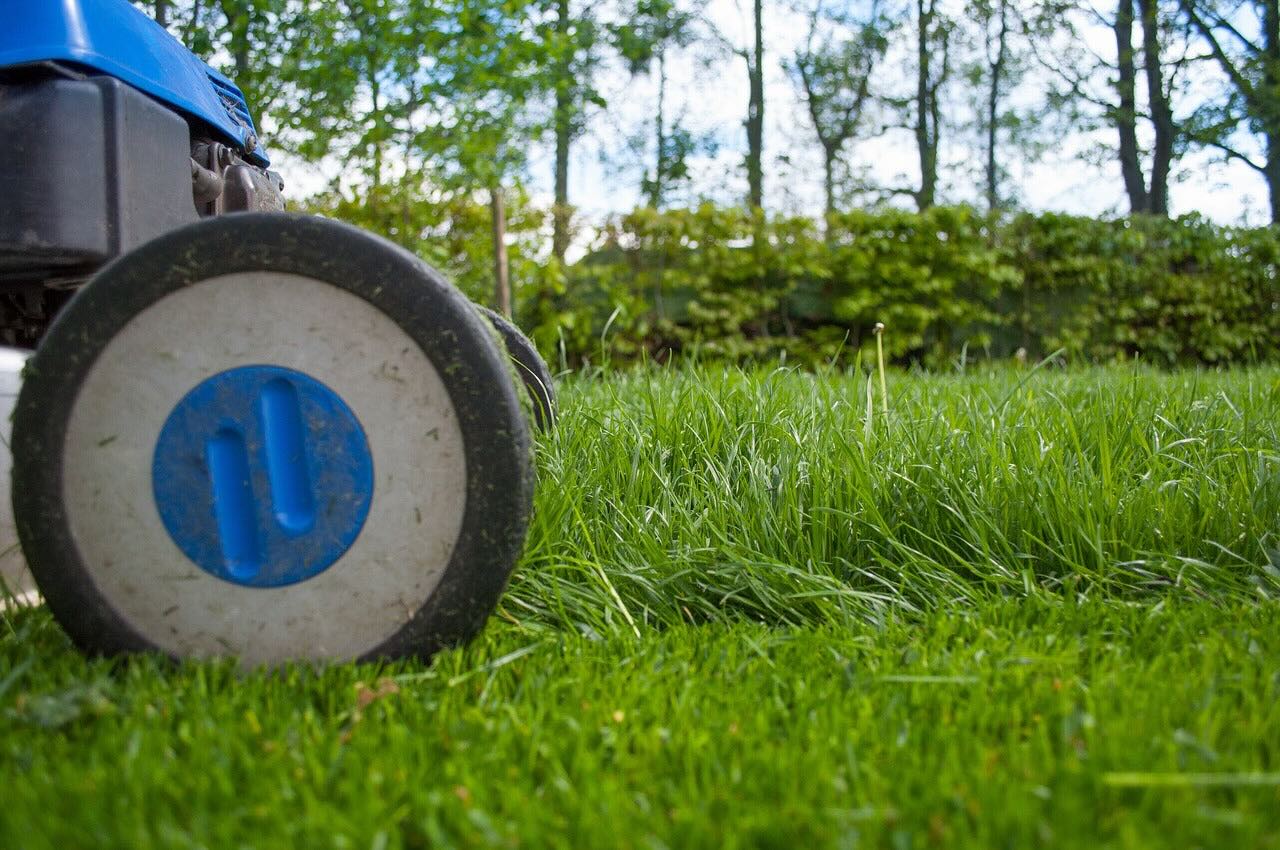
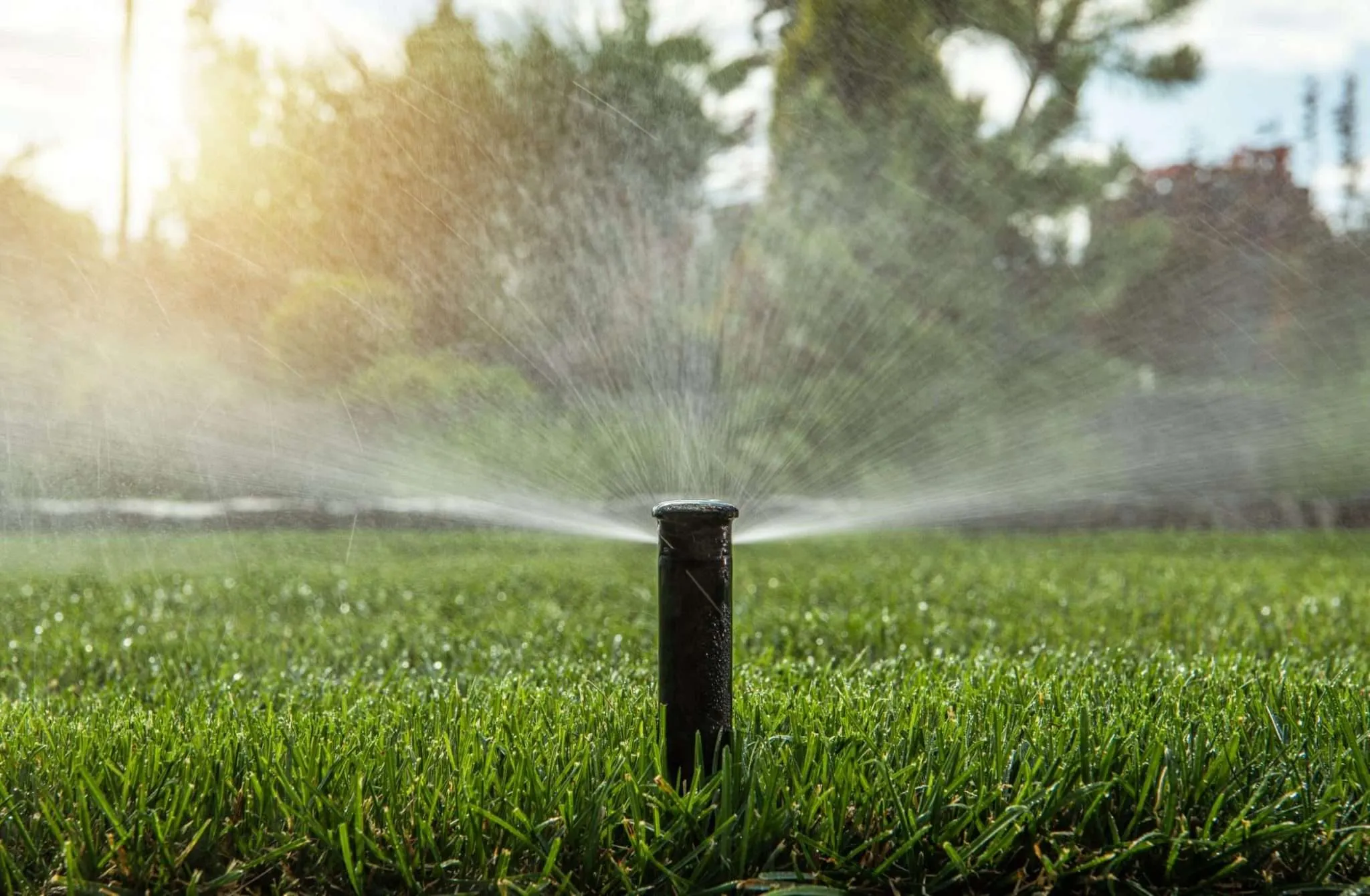

0 thoughts on “When Is Sugar Highest In Grass”